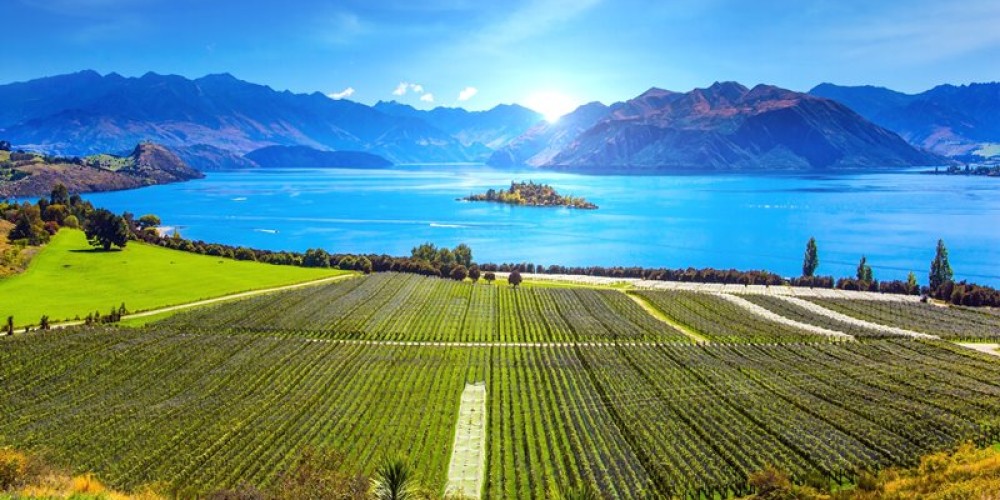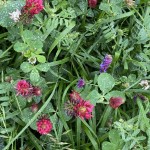New Zealand Chardonnay - A Small but Growing Force in Global Wine Exports
Added 6 months ago
By Elizabeth-Marie Nes

Chardonnay currently represents just 2% of New Zealand’s total wine exports, according to New Zealand Winegrowers, the industry’s governing body. Despite this modest share, the varietal is gaining recognition as an ambassador for the country’s diverse terroirs, particularly in key regions like Hawke’s Bay, Marlborough, and more recently, Central Otago and North Canterbury. While its significance is on the rise, Chardonnay accounts for only 6% of New Zealand’s total grape plantings. However, winemakers are shifting focus from quantity to quality, using precision farming and advanced winemaking techniques to craft premium Chardonnays aimed at the fine wine market.
Steve Smith, MW, co-founder of Smith & Sheth and Pyramid Valley, believes the path to long-term sustainability lies in producing fine wines priced between NZ$40 and NZ$150 per bottle. He cautions that sacrificing quality to hit lower price points can erode margins, threaten business viability, and compromise the quality of both viticulture and winemaking. Many winemakers agree that New Zealand’s varied climate and terroir provide a unique environment for producing cool-climate Chardonnays with distinct characteristics.
Marlborough and Hawke’s Bay are the primary Chardonnay-producing regions, with 1,083 and 1,034 hectares under vine, respectively. These cooler climates yield wines with vibrant citrus notes, minerality, and savory undertones. Smaller regions like North Canterbury and Central Otago, with just over 100 and 92 hectares of Chardonnay plantings, also produce cooler-climate styles. In contrast, Gisborne, with its 582 hectares, offers a riper, more tropical expression of the varietal due to its warmer, temperate climate.
Smith points to the moderating influence of New Zealand’s humidity, high UV light, and cool ocean currents in regions like Hawke’s Bay and North Canterbury. These factors allow grapes to fully ripen while retaining a refreshing acidity—a balance that is rarely achieved in other parts of the world. In Hawke’s Bay, ancient river terraces shape the soil profile, while in North Canterbury, limestone and clay play a defining role in shaping the wine. Central Otago, traditionally known for its Pinot Noir, is also seeing a rise in Chardonnay plantings, reflecting growing enthusiasm for the grape.
Producers in Central Otago, such as Blair Walter of Felton Road, believe Chardonnay is a natural fit for the region’s cool climate. Walter highlights the vibrant acidity and restrained use of oak in Central Otago’s Chardonnays, allowing vineyard characteristics to shine. In Hawke’s Bay, the focus is on replacing older vines with new clones and refining planting techniques to enhance quality, rather than expanding vineyard areas.
Commitment to quality is evident across many vineyards, where organic, biodynamic, and regenerative farming practices are becoming the norm. Hand-picking, whole-bunch pressing, and minimal intervention in the cellar are common approaches to preserve the purity of the fruit. At Pyramid Valley, which has been farmed biodynamically for over 20 years, no commercial yeast is used, and the winery relies on indigenous yeasts and bacteria to craft its wines.
The United States remains New Zealand’s top wine export market, receiving NZ$797 million (US$498.62 million) in wine exports last year. Although Chardonnay remains a niche category, the increasing focus on quality and regional distinctiveness is bringing more attention to New Zealand’s unique expression of the Burgundian grape. With a strong emphasis on Turangawaewae—a Maori concept that connects soil, climate, and cultural identity—New Zealand Chardonnay is carving out a distinctive identity, one that is increasingly capturing the interest of American consumers. As this trend continues, Chardonnay could become a more prominent part of New Zealand’s wine export portfolio.
Join the conversation
Be the first to leave a comment.
Leave a comment
All comments are reviewed before they are published on the website. Your email address will not be published.




Family-Owned Farm Embraces Regenerative Agriculture to Grow and Educate


